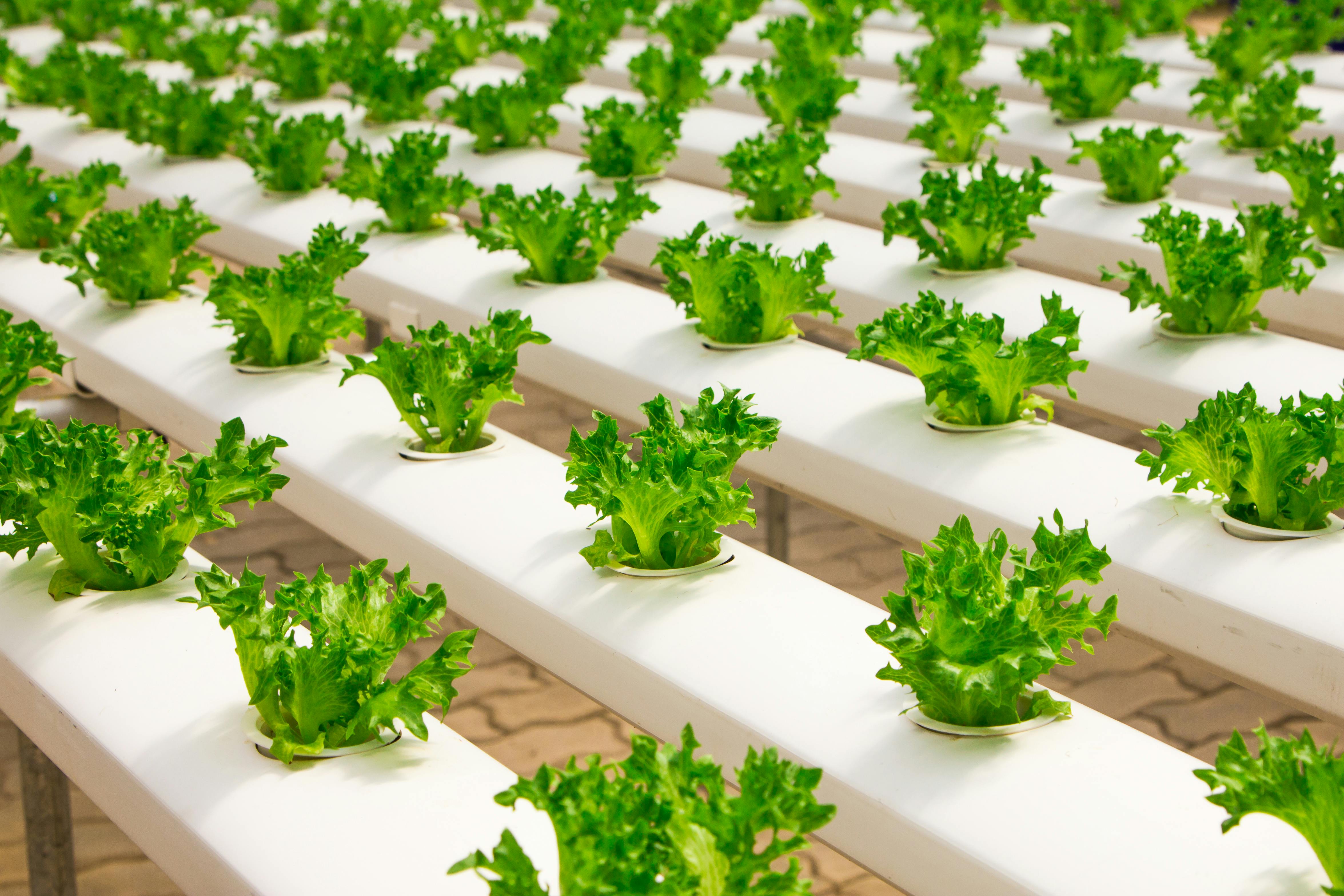Growing peas in a garden is a great way to enjoy their delicious flavor, and can be an easy and rewarding experience for any gardener. Peas are relatively easy to grow and will produce a bountiful harvest with the right care. To get started, choose a sunny spot in your garden with well-draining soil. Plant your peas in early spring when the soil is still cool, and make sure to provide adequate moisture and fertilizer throughout the growing season. With proper care, you can enjoy sweet, juicy peas from your garden all summer long!Preparing the soil for growing peas is an important step in the gardening process. Before planting, the soil should be worked to a depth of 8-12 inches and should be mixed with organic matter such as compost or aged manure. Peas prefer a soil pH between 6.0 and 7.0 and it is recommended to have your soil tested to determine if you need to adjust the pH. If needed, add lime to raise the soil pH or sulfur to lower it. To help improve drainage, add organic matter like peat moss or compost. Once the soil is ready for planting, create rows about 3 feet
Sowing Peas Seeds
Sowing peas seeds is an easy and rewarding process. While peas are a cool temperature crop, they can be sown outdoors in early spring once the soil has warmed up and dried out a little. Peas prefer well-drained soil that is slightly acidic and high in organic matter. It’s best to work in some compost or well-rotted manure before sowing.
You can sow peas directly in the soil or use raised beds or containers. If you’re using containers,
When to Plant Peas in the Garden
Peas are a cool weather crop, so it is best to plant them when temperatures are between 40-75° F. It is important to check your local frost dates to ensure your plants will not be damaged by any late season frosts. Planting peas too early can lead to disease and insect problems, so it is best to wait until the soil temperature is 40-45° F. Generally, peas should be planted in late winter or early spring, depending on your local climate. If you live in an area with
How Much Sunlight Does a Pea Plant Need?
Peas are a cool-season crop that require plenty of direct sunlight to grow and produce pods. When grown in the home garden, pea plants need full sun for at least 6 hours each day. In parts of the country with mild climates, peas can be planted as early as January or February. However, if you live in a colder region, it’s best to wait until April or May to plant them.
When growing peas, it’s important
https://images.pexels.com/photos/446280/pexels-photo-446280.jpeg
Watering and Fertilizing Peas
Watering is essential for peas to maintain healthy growth. Depending on the climate and soil conditions, pea plants should be watered every two to three days. To ensure that the soil retains enough moisture, it is important to water deeply. If the soil is too dry, it can cause the plants to wilt and stunt their growth. It is also important not to overwater as this can lead to root rot and other diseases. To make sure that the peas are getting enough water, it is best to check them regularly

Controlling Pests and Diseases on Pea Plants
Pea plants are vulnerable to a variety of pests and diseases, which can have serious consequences for the crop if left uncontrolled. The most common pea pests include aphids, thrips, leafhoppers, and grasshoppers. Diseases that affect pea plants include powdery mildew, root rot, and verticillium wilt. To protect your pea plants from these pests and diseases, it is important to practice good garden hygiene and use appropriate control measures when needed.
Supporting Your Pea Plants
Growing peas is not only fun, but it can also be rewarding. Peas are a great source of nutrition and are easy to grow in the right environment. To ensure your peas have the best chance of success, there are a few things you need to keep in mind when supporting your pea plants.
Firstly, it is important to provide adequate support for your pea plants. This can be done by using trellises or other structures to keep them upright and off the ground. You can also use stakes or poles
Harvesting Your Peas
Peas are one of the easiest vegetables to grow in your garden, and they offer an abundance of peas in a relatively short amount of time. When you know when to harvest your peas, you’ll get the most out of your crop. Harvesting your peas is simple – all you need to do is wait for them to mature and pick them at the right time.
The type of pea you’re growing will determine when it’s ready for harvest. For shelling peas, wait until the pods

Conclusion
Growing peas in a garden is a rewarding experience. Not only are they nutritious, but they can also provide colour and texture to a garden. Peas grow best in cool temperatures and plenty of sun, so it’s important to be mindful of these requirements when planting them. They should be planted in well-drained soil as well as given plenty of water and fertilizer for optimal growth. Additionally, it’s important to keep the soil weed-free to ensure the plants have enough space and nutrition to thrive. With the right care and attention, successfully growing peas in a
